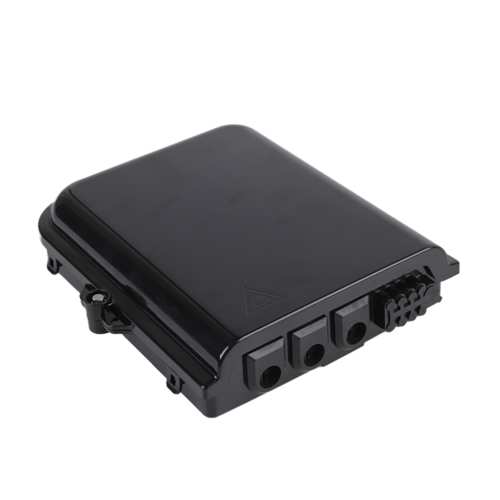Vast experience meets ambitious vision.
Home / News / What are the uses and advantages of Fiber Terminal Box?What are the uses and advantages of Fiber Terminal Box?
2023.02.02
A fiber terminal box, also known as a fiber optic splice closure, is a protective enclosure used in fiber optic networks to organize and secure spliced fiber optic cables.
Benefits of using a fiber terminal box:
Protection: Provides protection for spliced fiber optic cables from environmental factors such as dust, moisture, and physical damage.
Organization: Helps organize spliced fibers and keep them tidy, which makes maintenance and future upgrades easier.
Expansion: Supports future network expansion by providing space for additional spliced fibers.
Reliability: Enables secure and reliable splice connections, ensuring that the network continues to operate correctly.


Applications of a fiber terminal box:
Telecommunication Networks: Used in telecommunication networks to manage and protect spliced fiber optic cables.
LAN/WAN Networks: Used in Local Area Network (LAN) and Wide Area Network (WAN) to connect different sites and ensure seamless communication.
FTTx Networks: Used in Fiber to the x (FTTx) networks to connect the fiber optic cable to the end-user's equipment.
Cabling Infrastructure: Used in building and campus cabling infrastructure to manage and protect fiber optic cables.
related product
-

2 Way To Open Office / Home Safe
ZLS-806A
-

Digital code Handgun Box
ZLS-815
-

Fingerprint Reader Handgun Box
ZLS-818
-

1 fiber Fiber optic socket GFS-1A
-

Opitcal Fiber Connecttor(patch cord) FC/APC-FC/APC
-

Horizontal Fiber Optic Splice Closure 201-2
-

Dome Fiber Optic Splice Closure 208-5
-

Dome Fiber Optic Splice Closure 208-9
GET STARTED TODAY ?
We Can Help You With
There are many variations of safe, but the majority have services for all types and sizes.

 英语
英语 中文简体
中文简体